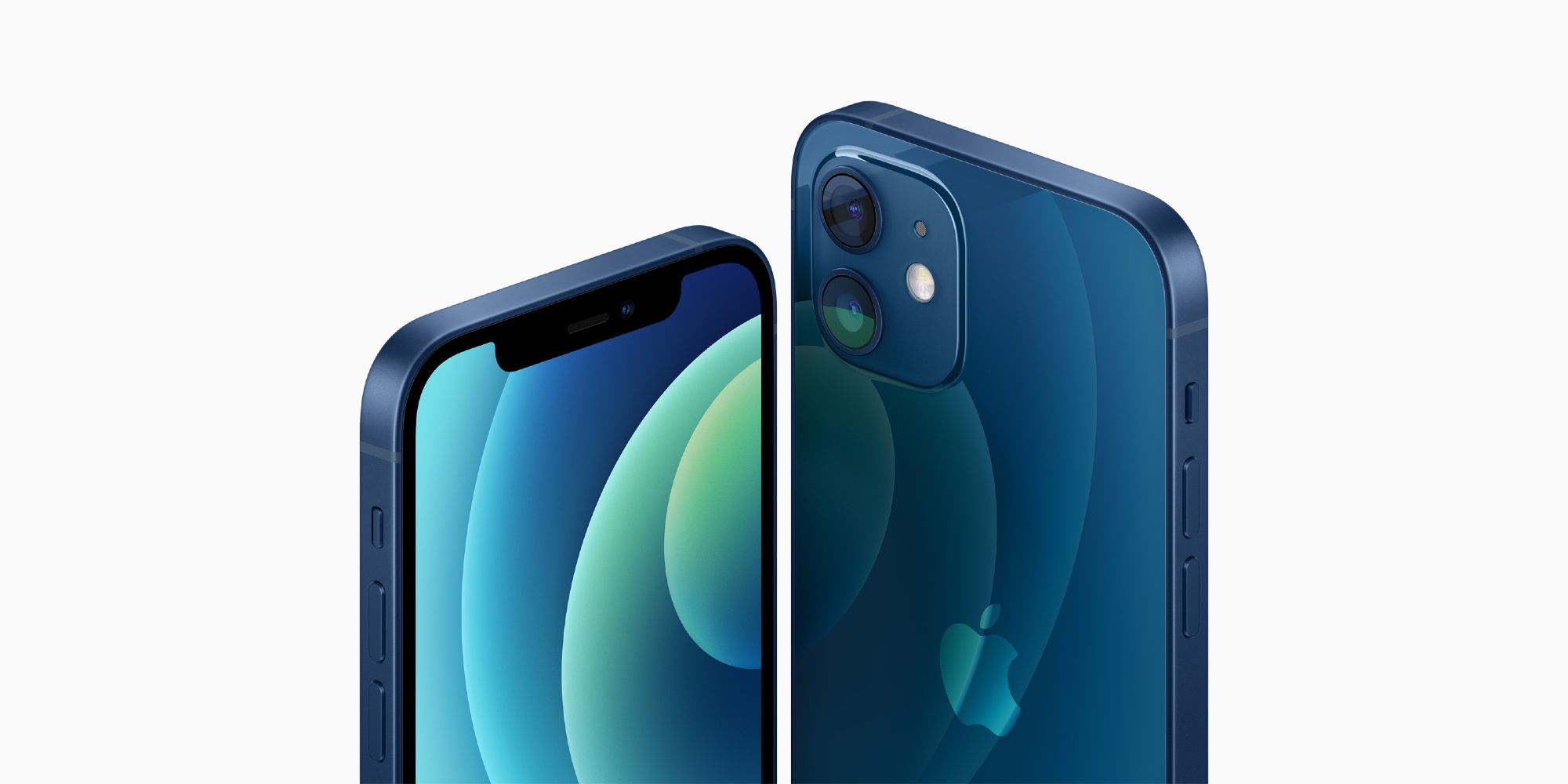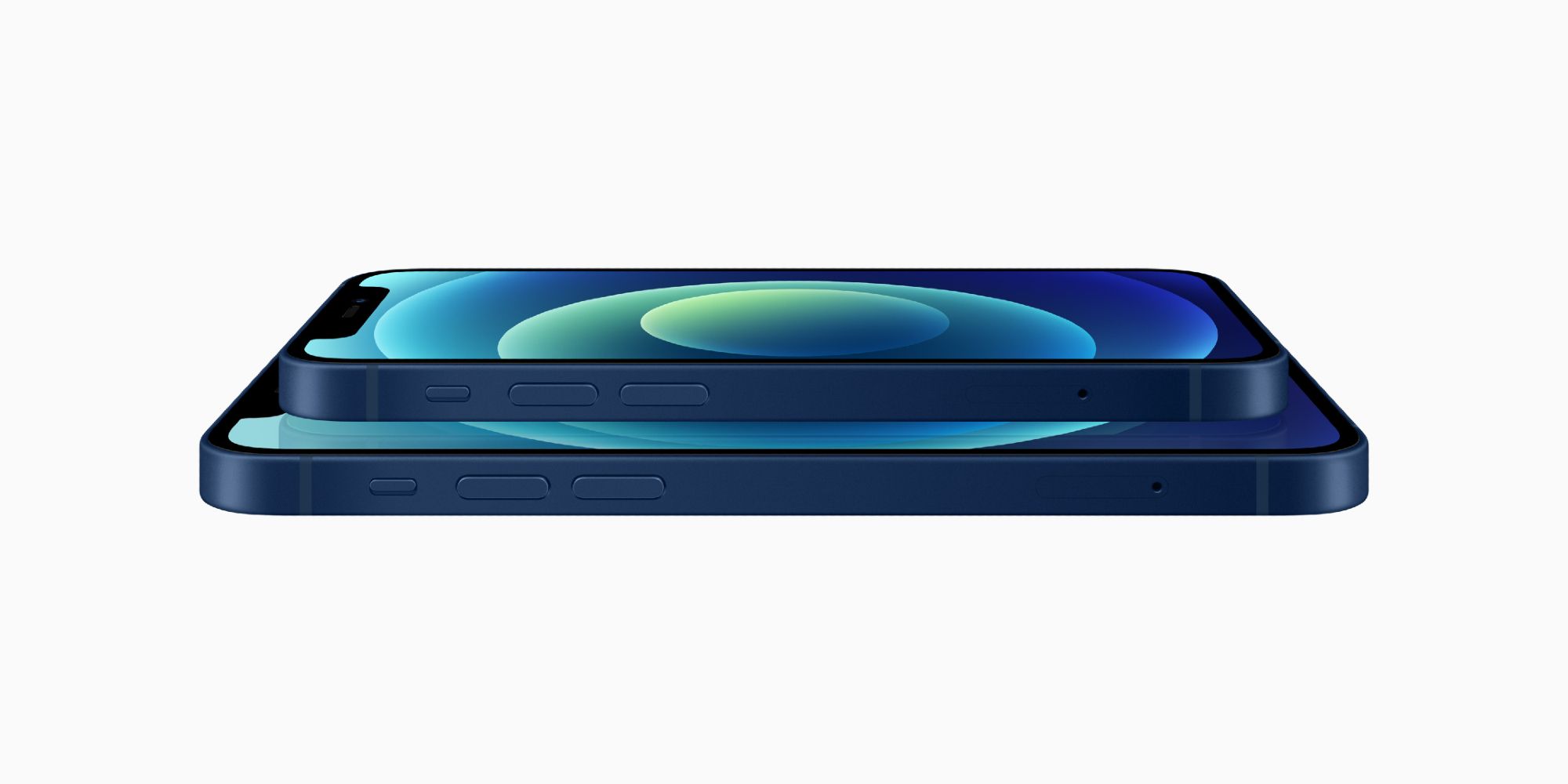Apple’s iPhone 12 is the tech giant’s latest offering and is loaded with new and upgraded features over the previous iPhone 11. Slotted between the iPhone 12 Pro and iPhone 12 mini, the iPhone 12 has many of the same specifications but with its own distinct feature set. Apple has certainly not disappointed, so let's dive in.
Housed in a sleek body indicative of Apple’s design philosophy, the iPhone 12 has a 6.1” OLED Super Retina XDR display at 2,532 x 1,170-pixel resolution. Buyers can choose body colors of blue, green, red, white, and black. Running behind the scenes is the fast A14 Bionic chip. The chip is designed to make applications, games, and videos run even more smoothly than on previous iPhone models. The iPhone 12 is also 5G-enabled, meaning it will be able to perform at higher data speeds than current 4G speeds.
Similar to many new smartphones, the iPhone 12’s screen is built for tough use with a Ceramic Shield front. According to Apple, this means the new phone can withstand a drop up to 4x better compared to older iPhones. The body is made of aerospace-grade aluminum and the phone has an IP68 rating for water resistance. That means it should be operable at a depth of up to 6 meters for up to 30 minutes.
iPhone 12: Display, Camera, Connectivity
The iPhone 12’s gorgeous display handles HDR with 2,000,000:1 contrast ratio and utilizes Haptic Touch, which gives tactile feedback to the fingertips. Camera lens options include two 12MP lenses. The ultra-wide lens features an f/2.4 aperture and the other wide-angle lens features an f/1.6 aperture. Both are suitable to use in low-light situations. The camera is capable of 2x zoom and can go up to 5x digital zoom. Photographers can also shoot creative pictures with Portrait Lighting. The six effects include Natural, Studio, Contour, Stage, Stage Mono, High‑Key Mono options.
Filmmakers, meanwhile, have a number of professional-grade video choices. Resolution choices include 4K video at 24 fps, 30 fps, or 60 fps, 1080p HD video recording at 30 fps or 60 fps, HDR video recording with Dolby Vision, and slow-motion video in 1080p at 120 fps or 240 fps. The iPhone 12 can capture stabilized time-lapse video too.
Continuing the upgraded speeds available on the iPhone 12 are GSM/EDGE, UMTS/HSPA+, DC-HSDPA, and Gigabit LTE specifications. Bluetooth 5.0 and GPS are built into the phone. Users can charge the iPhone 12 with the MagSafe and Qi wireless charging options or by USB-connected to a computer. A full charge can offer up to 17 hours of video playback, which includes HDR with Dolby Vision, HDR10 (high dynamic range video), or HLG. Users can video call with Apple’s reliable FaceTime over their cellular service or over Wi-Fi. For security authentication, the phone has Face ID recognition technology.
Apple iPhone users are most likely already used to the lineup’s additional features. The iPhone virtual assistant, Siri, allows users to use their voice to send messages, ask for directions, and dictate notes. Apple Pay can be used to make payments to select retail stores and other establishments, as well as to send money to others and to pay for taxi and shuttle services, while the Apple Card can be used with the Wallet app. The iPhone is available with 64GB, 128GB, or 256GB of internal storage space and comes loaded with the iOS14 operating system. Apple’s user interface continues to evolve with friendly graphics and ease-of-use. Included are built-in apps and downloadable apps & games, improved Apple Maps, and the much anticipated Memoji icons.
Source: Apple


